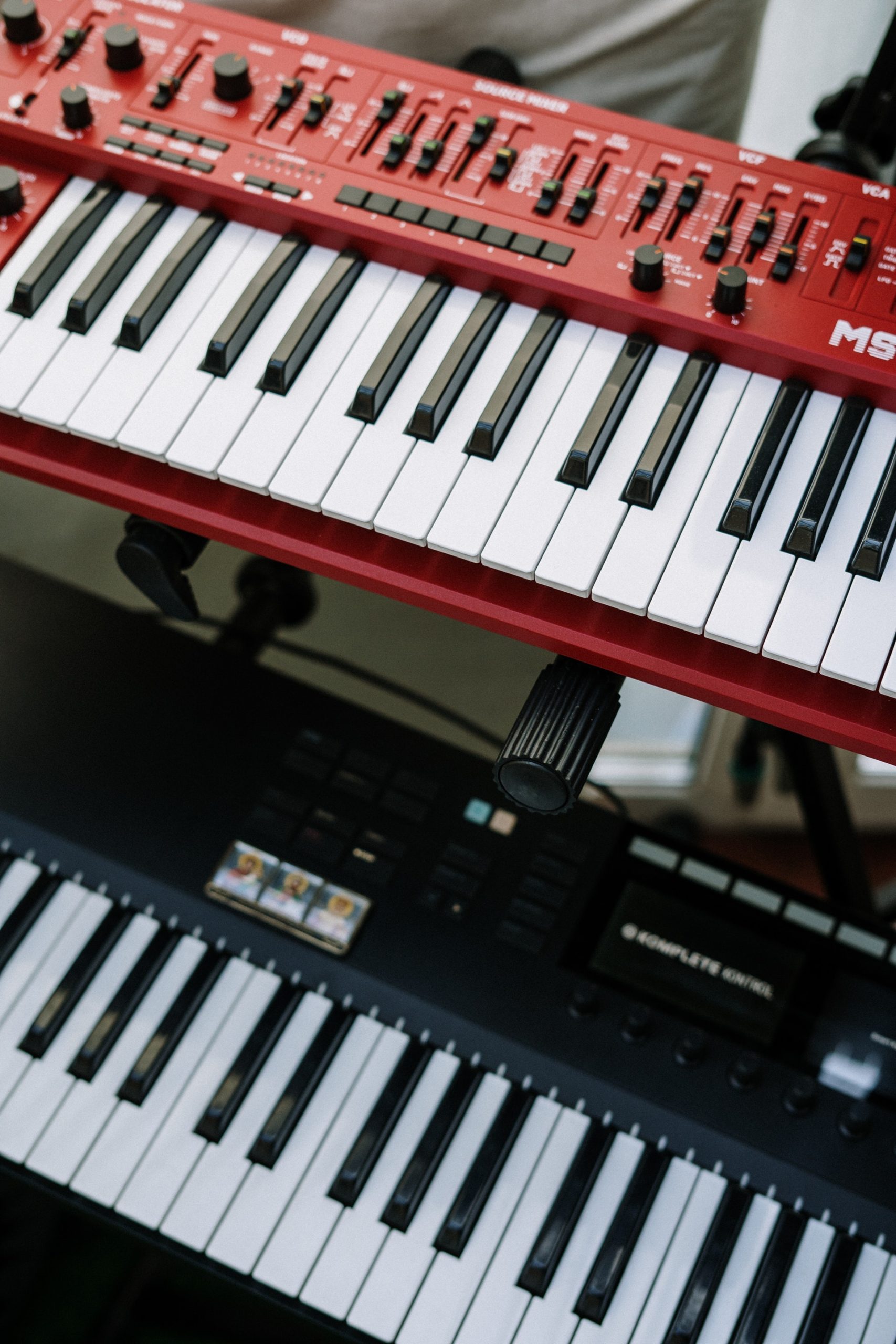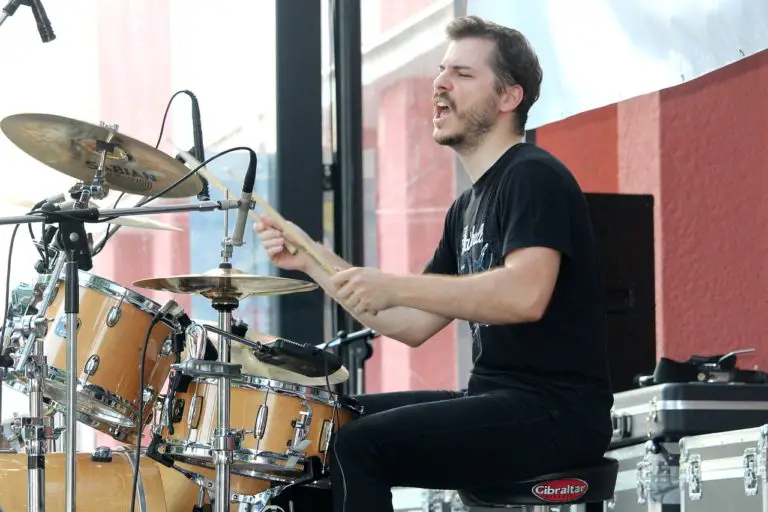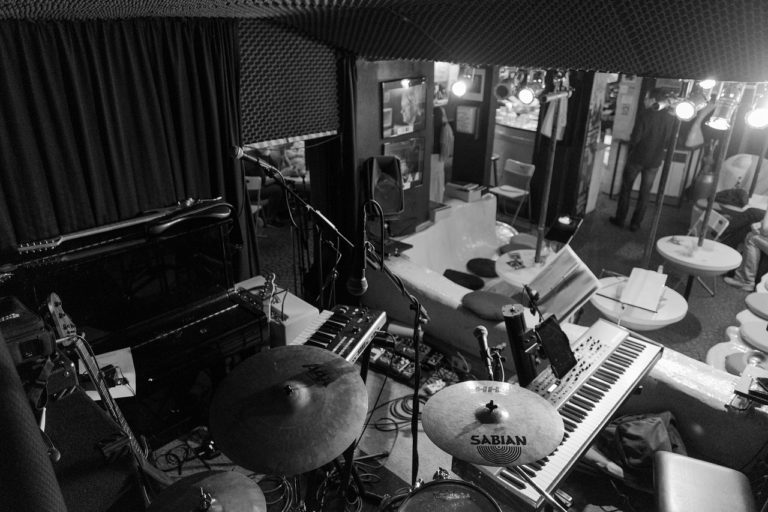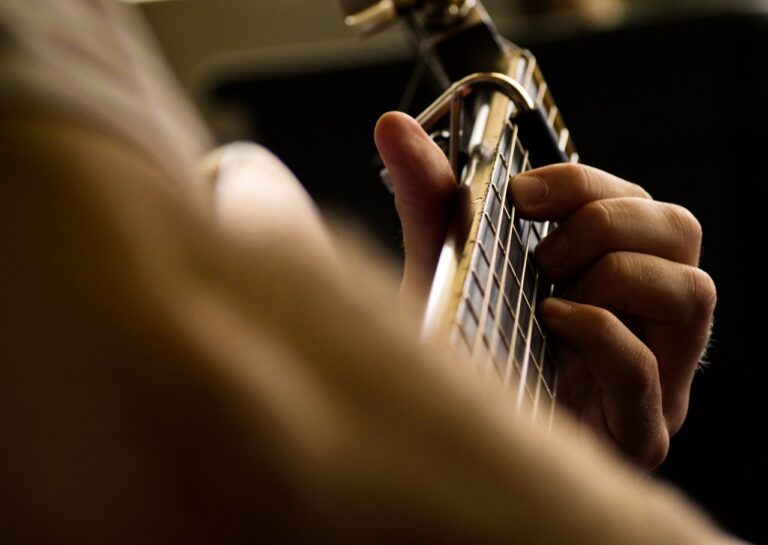Are Synthesizers Hard To Learn
If you have ever wondered if synthesizers are hard to play, you aren’t alone. Listening to some of the biggest hits of the ’80s or even modern chart hits can get you pumped to learn. So, are synthesizers hard to learn?
Synths are no different from learning the piano. The genre you want to play might make it more difficult. The type of synth you use can also help make it easier.
Synthesizers can produce thousands of different sounds and combos. This variety has made them part of all sorts of genres and sounds. It seems a lot to take in if you plan to learn them then.
It may not be for the faint-hearted, but it’s not a lost cause. Learning a few simple principles can turn learning the synthesizer into a climbable mountain. So if you want to be a keyboardist, keep reading.
Mastering basic synth-playing techniques
Learning some basic techniques can help you navigate this potential minefield. Almost anyone can be successful as long as they are patient as they go. Considering this all, here are some of the fundamentals you need to know when first playing on a synth.
Examine your settings
You will find that many modern synthesizers come loaded with dozens of preset modes. Take your time and see what each combination does. This is a great way to find what you like and dislike.
Sometimes, you could be sifting through 50 or 60 preset options – that is ok. All you need to do is list what modes work for your tastes. After separating these, you will have a much more refined set of tools to work with when creating your masterpiece.
Embrace basic playing skills
It’s never wise to skip on the fundamentals. This lesson applies to synth playing too. Before attempting something unnecessarily complex, try out modes using playing essential tunes. This means working through scales and getting a feel for your instrument.
Of course, this sounds boring, but it plays a crucial role in defining a sound. Working through scales in a new mode for the first time tells you what the actual sound is. You will almost certainly use at least one type of scale in a complete song. Working through these will get a better platform to work from when creating your masterpiece.
Work with plug-ins
As synthesizers have evolved with modern tech, so has their ability to work with external devices. It’s now common for musicians in the studio to add plug-ins to their core devices. This gives much more significant variation in the styles and sound they can produce.
For example, you can use drum pads to replicate a natural drumming sound. You can even similarly play on them to generate a synth-based drum pattern. It’s the same with MIDI controllers. These tiny devices can help translate physical playing into complete digital compositions. It opens up a world of options when creating music digitally.
Synthesizer’s role in music
The synthesizer has evolved since musicians first used them. The first models used in the 1960s produced alien-like sounds that wowed audiences. From there, they become a part of the everyday composition.
By the 1980s, they dominated chart-based music. Whether it was rock, rap, or electro, you could hear synthesizers in the background. As the 1990s hit, the tech has evolved further and saw physical models replaced by compact software.
Most synthesizers are now computer-based instruments. Now capable of generating entire songs by themselves, modern synths tower above their ancestors – in complexity and usage.
Prominent genres featuring synthesizers
You can find synths in many genres, but some have made them more famous than others. Let’s look at just what made the synthesizers a crucial part of music today.
Hair Metal
If you liked 80’s metal, you know all about synth sounds. From epic lead riffs in “The Final Countdown” or “Jump” to subtle fades in hits like “Livin’ On A Prayer,” the synth was everywhere. Hair metal bands used this to turn songs into megahits, and they still fill stadiums to this day.
New Wave
New Wave came from bands not wanting to have a punk or glam-rock sound. It saw them embrace the evolution of electronic instruments and combine them with garage-rock sounds. The likes of New Order, Gary Numan, and The Eurhythmics scored worldwide hits by pioneering this genre that inspired millions since then.
Power Metal
Even though power metal may not be a chart-busting genre, it still has a hardcore legion of fans. One key component is synth sounds. Bands use synths to mimic other sounds to make a song seem epic. Bands such as Dragonforce and Within Temptation have mastered this skill to have cult followings that have grown to worldwide proportions.
Death Metal
In every sense, it hasn’t stopped death metal bands from using synthesizers in their music either. If you hear angelic voices or rising strings, a synthesizer generates that. Musicians in these heavy genres know how to get the soaring sounds that emphasize the crunching guitars and drums. Listen to any Children of Bodom or Behemoth album to see this skill mastered to perfection.
Different types of synthesizers
Many think that a synthesizer is just one instrument, but that is anything but true. Synthesizers come in all shapes and sizes. Each with its unique perk. Of course: they can be split into two main categories – analog and digital. From there, they can be broken down further into different types like:
- Keytars
- Modular & semi-modular synthesizers
- Keybass
- Guitar synthesizers
- String synthesizers
It can be not very clear just knowing what each type of synthesizer does. Therefore, it’s crucial to know the features of each kind. That way, you can make an educated guess of which type you want to use for the song you are writing. But what are their characteristics?
Keytars
No instrument looks as quintessentially 80s as what the keytar does. This instrument was a digital crossover between a keyboard and a guitar. The keytar became the must-have for any band in the 1970s or 1980s.
Its portable nature made it an excellent tool for live shows and still gave musicians plenty to work with. Musicians could use them to interject guitar solos or even have one of their own. A retro tool that still thrives to this dame.
Modular/Semi-Modular Synths
The oldest type of synthesizer around, modular synthesizers, have a small number of different modes. Each mode works separately from the other. This can vary from fading in/out sounds to changing volume levels.
Semi-modular synthesizers are compacted forms of their bigger cousins with a streamlined output. This means that those different modes aren’t as segregated and run off the same circuitry. A different style brings similar results.
Keyboard bass (keybass)
Keyboard bass synthesizers digitally create a bass sound. Using these keybass instruments virtually eliminates the need for a bass guitar or anything else. The beats produced using these machines sound tinnier and sharper than a live instrument.
They are found everywhere in modern music. If you hear any rap or R&b hit, there’s a good chance a keybass generated the recorded sounds. Whether it is an Eminem, Mariah Carey, or Snoop Dogg tune, you won’t need to listen hard to hear a key bass at work. However, many are computer-generated, not made by a physical instrument.
Guitar Synthesizer
First things first: effects pedals are not guitar synthesizers. Instead, guitar synthesizers are plug-ins that attach to a guitar to create a robotic sound. The playback features attach to a fretboard or the bridge to alter the sound output as it is played.
As technology has developed, guitar synthesizers have taken on different roles. For example, the guitar plugins for an Xbox or PlayStation fit individual parts. The controllers for franchises like Rock Band or Guitar Hero are guitar synths themselves. You have a guitar synth if you can record digital notes using a guitar.
String Synthesizer
String synthesizers do what their name suggests – they mimic string sounds with the proper settings. Playing a chord will sound like a group of violins or a church organ on these machines. These simple machines can give epic sounds from just a few movements.
It’s a piece of tech used across almost any genre. You hear string synths in pop ballads and crunching death metal songs. The intro to “Mr. Crowley” by Ozzy Ozbourne (seen above) is one example). That famous start is all generated by one instrument – the Yamaha CS-80.
Some of the best synths you can buy
AKAI Professional MPK Mini MK3
This MIDI keyboard has everything you need to create a whole piece from scratch. AKAI has included over 1500 sounds on the MK3 to be played with. Plus, eight different dials can control the keyboard and any supporting plug-ins with relative ease.
There are also eight mini-pads above the main keyboard to lay down rhythm sections. You’ll also see a 4-way control to play around with modulating and switching pitches and octaves. A compact digital MIDI keyboard that brings everything home in one complete package.
Korg MicroKorg Synthesizer
Korg is one of the pioneers of the synthesizer industry, and their MicroKorg synthesizer is still just as relevant today. With a retro look, the MicroKorg comes with 37 keys that allow you to create and play to your heart’s content.
However, this analog piece comes loaded with all the dials segregated as its older predecessors did. If you want to tweak frequencies, you can. Fade layers in and out. You can. It brings around the feel of a retro piece but is updated for the modern-day. An instrument laid out to transcend eras.
Novation MiniNova Analog Synthesizer
Don’t let its size full you – the Novation MiniNova is a synthesizer with everything you could need. It has over 250 different sounds for you to trial and can save over 150 customized modes that you create from scratch.
It’s not just for instrumentation, as it also comes with a built-in microphone for vocal recordings. It has five verbal modifiers to support the microphone, including a built-in vocoder and reverb settings. An all-in-one piece that doesn’t miss a beat.
Roland JD-XI Crossover Synthesizer
Roland was one of the first Japanese manufacturers to make synthesizers, and the JD-XI Crossover shows they haven’t lost their touch. With a machine that can work both as an analog and digital piece, composers aren’t lacking options. The analog part is designed to drive bass and rhythm, while the digital components handle the finer detail.
Along with the 37-keyboard layout, each dial and pad generates multiple sounds with various tools to modify them. The dual nature of the JD-XI means that you can add string or piano sounds natural and create new pieces. It’s a synth that any creative mind will enjoy using.
Moog Subsequent 25
Moog is a pioneer of the synth evolution, and they are still going strong with the Subsequent 25. The Moog Subsequent 25 gives users the chance to split the sounds they are playing – making two different notes simultaneously. This dual-oscillation setup gives users almost endless combos to trial when playing on the device.
Not only does it support a host of different plug-ins, but the Subsequent 25 also comes with Moog’s vast library of software. You can upload and save new presets onto a cloud network with the additional software. You can create an almost endless archive of sounds and modes to use time and time again. Who says an old dog can’t learn new tricks.
Famous synth players (for inspiration)
Eddie Van Halen
Was there anything musically Eddie Van Halen couldn’t do? He was a guitar virtuoso and responsible for some of the 80s’ most prominent synth riffs. Whether it was his guitar-like synth solo on “Jump” or the synth-led chords on hits such as “Dreams,” Van Halen became one of the best-selling bands of the 1980s.
Gary Numan
A master of the Moog, Gary Numan personified the new-wave boom in the 1980s. His 1979 hit “Cars” was what Numan is best remembered for. Playing two different Moog devices, the Englishman created layers of electronic beats forming main riffs to the entire rhythm section. It was a craft that brought him success on both sides of the Atlantic for over a decade.
Giorgio Moroder
Giorgio Moroder is perhaps one of the unsung masterminds behind the synth boom. The Italian maestro worked wonders by scoring and playing synth riffs from many iconic songs. Whether it was “Flashdance,” “Take My Breath Away,” or “I Feel Love,” Moroder’s influence has been tremendous over the decades.
Edgar Winter
One of the people to first genuinely enjoy the benefits of synthesizers, Edgar Winter, took the sounds to a whole new level. For much of the 1970s, the multi-instrumentalist used the growing keyboard tech to propel The Edgar Winter Group to stardom worldwide. It was one of the defining sounds that helped prog-rock break into the mainstream.
Geddy Lee
Not afraid to try something different, Geddy Lee took Rush to new heights. The Canadian maestro never settled on one particular type but used multiple synthesizers to create Rush’s epically technical pieces. From the speedy craziness of “YYZ” to the epic “2112”, Lee never dropped the ball in his sophisticated works. A true master of synthesizers – no matter the type.
Conclusion – are synthesizers hard to learn?
It’s hard to gauge how difficult it is to learn a synthesizer. There are many different types to discover. Each make and model offers something different.
Understanding the style of music and song you want to achieve can make the choice that much easier. There are plenty of modern synthesizer models that can meet your needs regardless of whether you want to mimic sounds or create original pieces.
It’s why seeking inspiration from iconic songs and players over the decade can make a huge difference. It gives a source of inspiration, but it’ll let you understand are synthesizers hard to learn for a budding musician.








